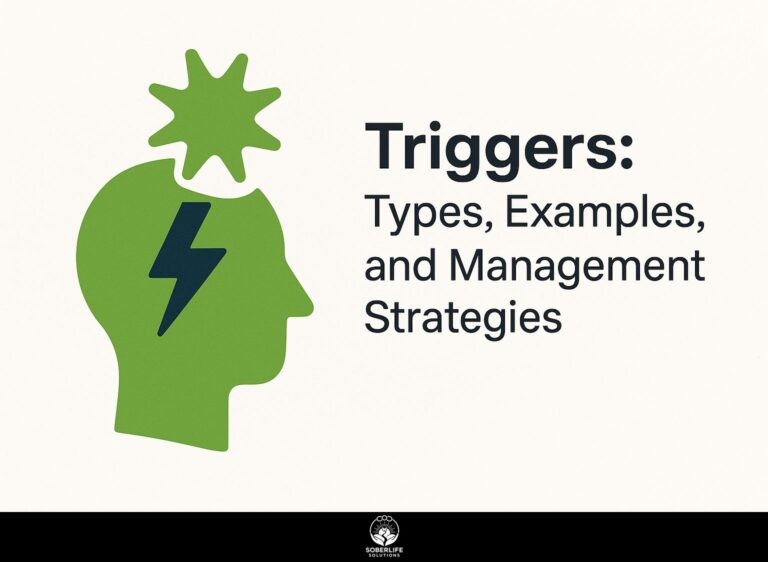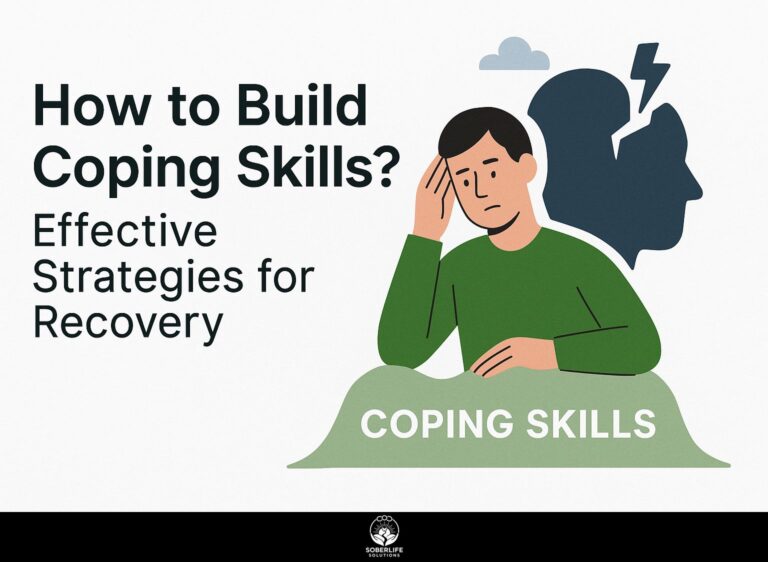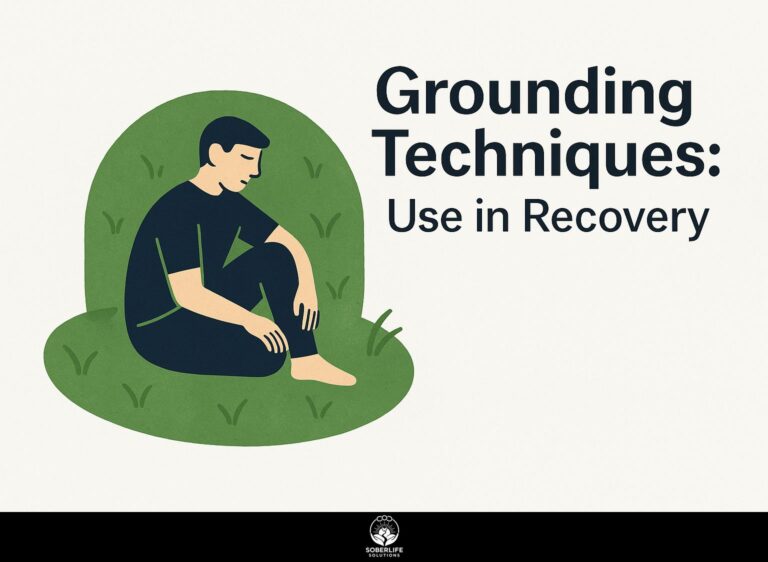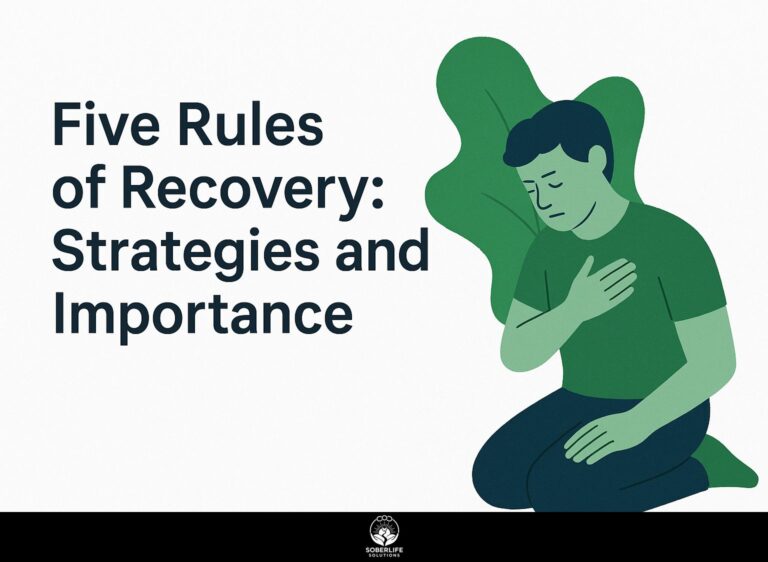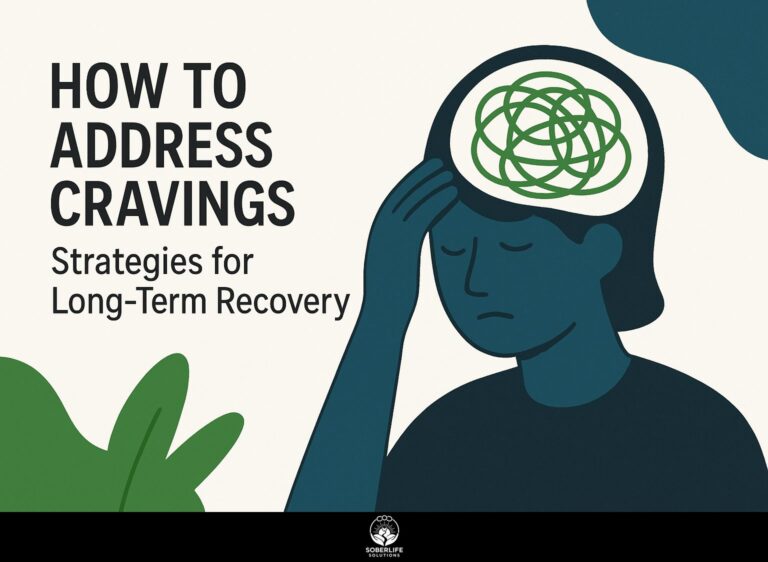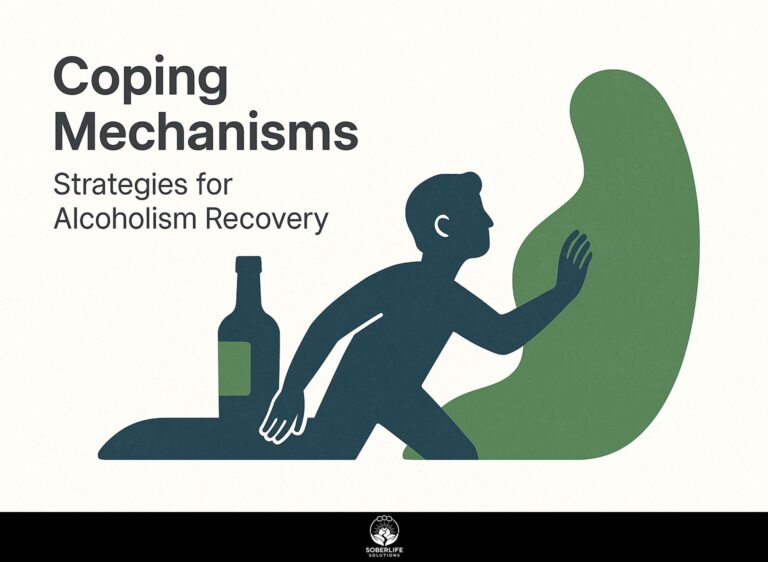Wait to Respond: Practice in Recovery
Practicing patience can significantly help in recovering from addiction. Taking a moment to think before reacting can improve how you manage your emotions and support your mental health. By being mindful in your daily activities, you can better handle triggers and make careful choices. This article will discuss the importance of waiting before responding, providing useful tips to improve your recovery and support your emotional health.
Key Takeaways:
- Waiting before responding helps people manage their emotions better, giving them time to think through their feelings and reactions instead of acting on impulse.
- By recognizing emotional triggers, people can take a moment to think before acting, resulting in better and more effective choices.
- Methods like mindfulness and journaling can build patience, making it easier to wait in difficult situations.
The Concept of Waiting to Respond
Pausing before we respond can help us handle our emotions better and allow us to be more patient in difficult situations. This is supported by insights from Frontiers in Psychology, which outlines the importance of emotion regulation in everyday life. To further enhance our emotional resilience, practices like meditation can be beneficial. Exploring techniques like mindfulness can provide significant advantages in managing emotions, especially in challenging situations. For more information, consider our article on Mindfulness and Meditation: Techniques and Benefits in Addiction.
Understanding Emotional Triggers
Recognizing emotional triggers is important for handling reactions well, especially during recovery when feelings can be stronger.
To pinpoint your emotional triggers, consider maintaining a trigger journal. Record your feelings daily and note events that preceded them.
Alternatively, apps like Moodfit can help track your emotions and patterns over time. By analyzing the data, you may observe consistent triggers, such as stress from work deadlines or unsettling conversations.
Recognizing your feelings helps you develop effective ways to cope, such as practicing deep breathing when you’re stressed or preparing for difficult talks. These actions can improve how you respond emotionally.
The Importance of Pausing
Pausing before you respond can help prevent quick reactions and promote a thoughtful approach to handling feelings.
One effective method to encourage this pause is the ’10-second rule,’ where you simply count to ten before reacting, allowing emotions to settle.
Mindfulness practices, such as deep breathing, can help you manage your emotions better. You might want to use apps like Calm or Insight Timer that offer guided sessions to help you relax and increase your mental clarity.
Using these techniques regularly can help you handle emotional triggers better, leading to clearer communication and wiser choices in stressful times.
Benefits of Delayed Responses
Taking time to reply can help you make better choices and develop emotional strength, which is essential for anyone in recovery. According to an article from Psychology Today, emotions play a critical role in decision-making, highlighting the importance of being mindful and reflective in the recovery process.
Improved Decision Making
Thinking through your emotions before deciding can lead to clearer thoughts and better choices.
Taking a break, similar to the ’72-hour rule’, gives you time to think. For example, if you are considering a job change, spend a few days writing down the benefits and drawbacks, talking to trusted friends for their opinions, and imagining the possible outcomes.
Recovery stories show that taking time to make decisions often leads to better outcomes. One person mentioned that pausing before making a choice helped them avoid a hurried decision, resulting in a satisfying job that matched their interests. This approach lowers feelings of regret and supports better choices.
Enhanced Emotional Regulation
Responding after some time helps you manage your emotions and promotes self-compassion, both of which are essential for maintaining sobriety over time.
To implement delayed responses, start by acknowledging your emotions without immediate reaction.
First, identify the trigger and label your feelings; for instance, feeling anxious before a social event. Next, practice a mindfulness exercise such as deep breathing or a brief body scan, which can take just a few minutes. This helps create space between the emotion and your response.
Think about how you want to respond instead of reacting without thought. Take a moment to think about what might happen next. By practicing regularly, you can better manage your emotions.
Techniques to Cultivate Patience
Building patience requires different methods that encourage being present and aware of oneself, which helps emotional health during recovery. For instance, research by the American Psychological Association highlights mindfulness meditation as a proven way to enhance emotional well-being. Additionally, exploring mindfulness and meditation techniques can further support individuals in their recovery journey.
Meditation and Mindfulness
Meditation and mindfulness exercises help build patience and emotional balance, offering important support for recovery.
Incorporating meditation into your daily routine can significantly help manage cravings.
Meditation apps such as Insight Timer are free and have various sessions to help with cravings. In contrast, Calm charges $14.99 each month and includes courses to strengthen emotions and teach ways to cope.
Practicing mindfulness through deep breathing exercises can help you stay in the moment, making cravings feel weaker. Spending 10 to 15 minutes each day on these exercises can lead to real progress over time, supporting your recovery.
Journaling for Reflection
Journaling is a useful way for people to think about their feelings and develop patience.
To improve your journaling, use direct questions to focus your writing. You might ask yourself, “What brought up strong feelings for me today?” or “How did I show patience during a tough time?”
Using a journaling app like Day One makes this easier by letting you tag entries, include photos, and monitor your emotions over time.
Take 10-15 minutes each day to go over these prompts. This practice helps you notice your emotions and improve your coping skills.
Applying Waiting in Real-Life Situations
Waiting can improve communication in difficult situations, especially during personal conflicts. This technique can be particularly beneficial in building healthier relationships, as outlined in our strategies for maintaining healthy relationships during recovery.
Interpersonal Conflicts
Delaying responses during interpersonal conflicts allows for better emotional regulation and prevents escalation.
Taking a moment to pause and reflect can improve how you deal with a situation. For example, if a heated discussion arises at work, take a brief pause to organize your thoughts. Use statements starting with “I,” such as “I feel unappreciated when my ideas are overlooked,” to express your feelings without placing blame on others.
If people are feeling tense, suggest taking a brief break so everyone can collect their thoughts. This method promotes a calmer discussion and fosters respect, guiding both parties toward a constructive resolution.
Stressful Work Environments
Applying patience in stressful work environments can lead to improved emotional well-being and better workplace relationships.
To build patience at work, begin with deep breathing: breathe in for four counts, hold your breath for four counts, then breathe out for four counts.
Incorporating mindfulness breaks-even for just five minutes-can help reset your focus and reduce anxiety. Studies have shown that regular practice of these techniques leads to a 30% decrease in workplace stress.
Keep a gratitude journal to change your way of thinking. By thinking about the good moments at work, you can build strength and better manage stressful situations.
Challenges in Practicing Delay
Despite its benefits, practicing delay can present challenges that require conscious effort and effective coping strategies.
Common obstacles include impulsivity, which may lead to hasty decisions, and emotional upheavals that cloud judgment. One effective method to counter these challenges is by implementing techniques from our urge surfing guide, which emphasizes staying present and managing impulses.
To handle these issues, create reminders to pause before you respond, allowing yourself time to reflect. Treating yourself with kindness can help you manage any guilt or worry that arises from taking time to reply.
Use the ‘5-Second Rule’-count down from five before you respond. This gives you a chance to think. By practicing these steps, you can develop better decision-making habits over time.
Frequently Asked Questions
What does “Wait to Respond: Practice in Recovery” mean?
“Wait to Respond: Practice in Recovery” means taking a moment to think before reacting to tough situations, especially when recovering from addiction or emotional pain. This approach helps people pause and consider their responses, leading to more careful and planned actions instead of quick reactions.
How can I use “Wait to Respond: Practice in Recovery” in my everyday routine?
To include “Wait to Respond: Practice in Recovery” in your daily routine, first, recognize what situations make you want to react quickly. When you encounter these situations, take a deep breath and count to ten before replying. This break allows you to assess your feelings and select a better way to respond.
What are the benefits of “Wait to Respond: Practice in Recovery”?
The advantages of “Wait to Respond: Practice in Recovery” include better control of emotions, lower stress levels, and improved decision-making abilities. By using this method, people can interrupt impulsive actions and develop healthier ways of communicating, which are important for lasting recovery.
Can “Wait to Respond: Practice in Recovery” help in managing cravings?
Yes, “Wait to Respond: Practice in Recovery” can be instrumental in managing cravings. By allowing yourself time to pause and reflect when cravings arise, you can assess the situation objectively and choose healthier coping strategies instead of giving in to immediate impulses.
Is “Wait to Respond: Practice in Recovery” right for everyone?
“While ‘Wait to Respond: Practice in Recovery’ benefits many, its effectiveness varies depending on individual circumstances. People recovering from addiction, trauma, or emotional challenges often find this approach particularly helpful. It can also aid anyone looking to improve their emotional responses and decision-making skills.”
How can I track my progress with “Wait to Respond: Practice in Recovery”?
To monitor your progress with “Wait to Respond: Practice in Recovery,” keep a journal to write about times when you practiced waiting before responding. Record what happened as a result of your responses and think about any changes in how you felt or in your relationships. This practice can help you see how you’ve grown and what you still need to work on.

